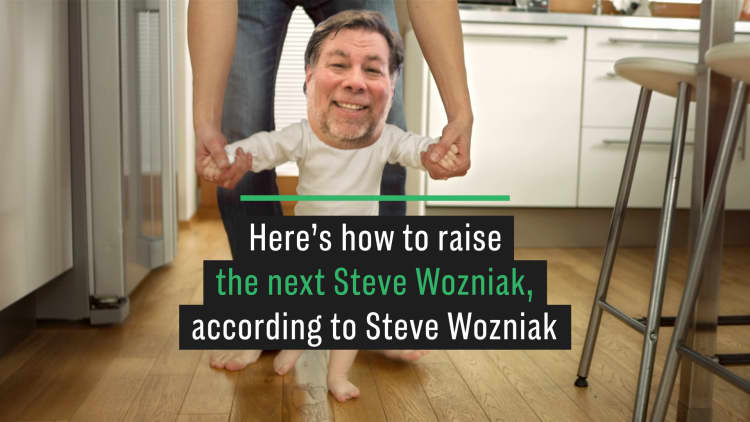Technology giant Apple went public exactly 38 years ago, and one thing is clear: If you had bet on the company in its early days, your gamble would have paid off, big time.
A $1,000 investment in Apple on the day of its initial public offering, or IPO, on December 12, 1980, would be worth around $430,000 today, according to CNBC calculations. That includes price appreciation and dividends.
While Apple's stock has performed well, any individual stock can over- or under-perform and past returns do not predict future results. Apple's stock price has been falling lately, primarily due to fear that iPhone sales have peaked and the brewing trade war with China.
Apple's stock prices as of December 12, 2018 at 1 p.m. ET. Click to enlarge.
Although the iPhone remains one of Apple's most popular products and generates the bulk of its revenue, sales have been relatively flat for the last several quarters. The product is just as profitable as ever, but it's no longer propelling the same level of growth for Apple.
"The company has to tell a new, compelling story that's not directly tied to how many people run out and buy a new iPhone every quarter," CNBC's Steve Kovach reports.
The trade war also complicated matters for Apple, which has benefited from cheap labor and a strong overseas market in China. Simply put, "trade wars are bad for tech stocks," a Citi analyst said in a note to investors after slashing its Apple price target on Monday.
Apple's early days
Apple was founded in 1976 by Steve Jobs, Steve Wozniak and Ronald Wayne, who exited the company less than two weeks later. The new venture's first customer was a Bay Area computer store called The Byte Shop, which ordered 50 Apple I computers. To fulfill the contract, Jobs took out a $15,000 loan.
The company grew from there and released the Apple II in June 1977. The new model featured color video graphics and increased memory. "To me, a personal computer should be small, reliable, convenient to use and inexpensive," Wozniak wrote in an article for Byte Magazine, describing the new system.
In December 1980, Apple went public. The Wall Street Journal described the event as "one of the most eagerly awaited in recent years."
Apple's 4.6 million shares went for $22 each and sold out "almost immediately," EDN reports. The stock rose more than 30 percent that day and closed at $29 per share.
The IPO minted more than 300 millionaires in a single day, including several Apple employees. At the time, it created "more millionaires than any company in history had produced," according to EDN, and Jobs himself made more than $200 million.

The Apple legacy
In August, the technology giant became the first public U.S. company to reach a $1 trillion market cap after the stock briefly hit $207.05 per share. The surge allowed the software company to reach that milestone ahead of e-commerce giant Amazon.
But the journey hasn't always been smooth. In 1985, Apple ousted the famously volatile Jobs and began to falter in the market. The company fell behind its competitors, including software heavyweight Microsoft, thanks to a string of failed products and turnover at the top.
By 1997, Apple was on the brink of bankruptcy and forced to lay off a third of its workers. As a last-ditch effort, it rehired Jobs and named him interim CEO. Jobs vetoed the majority of Apple's production plans at the time and implemented a new focus on simplicity.
Under his leadership, the company released the iMac G3 in 1998, which brought Apple back to prominence. Jobs followed that with the release of the iPod in 2001 and the iPhone in 2007. The iPhone quickly became a top-seller and revolutionized how customers use technology.
This is an updated version of a story originally published on November 1, 2018.
Like this story? Subscribe to CNBC Make It on YouTube!
Don't miss: Suze Orman: You should invest more in your 20s than your 30s



